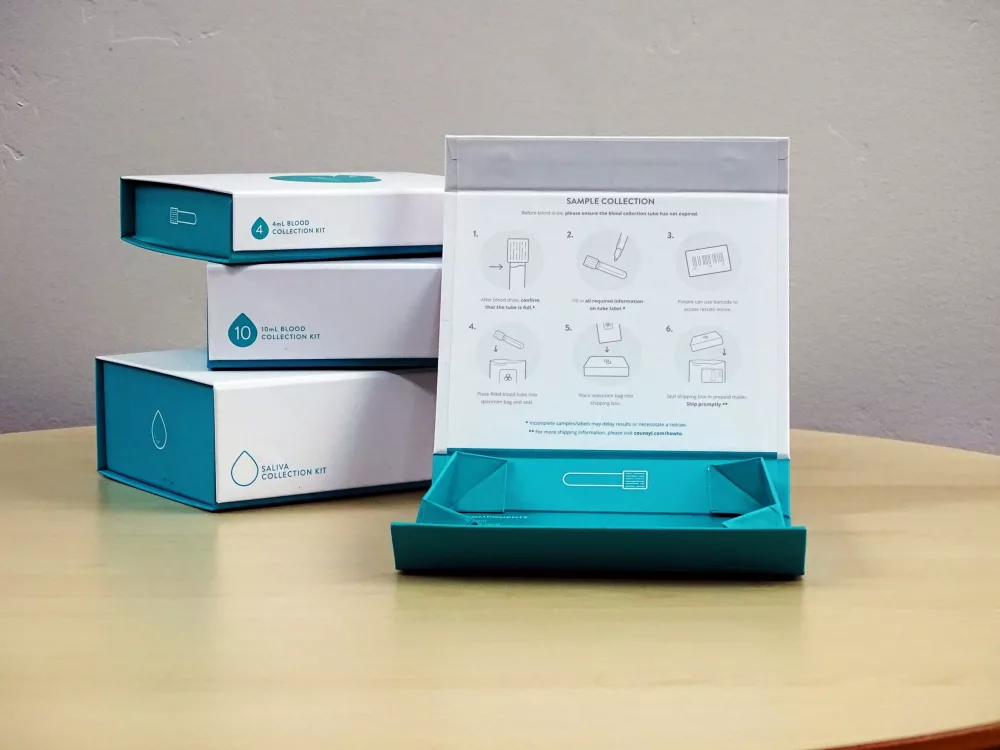The world of agile methodologies has witnessed a paradigm shift with the introduction of SAFe for Teams. For individuals aspiring to excel in agile project management, understanding the role of a SAFe Practitioner is crucial.
In the fast-paced realm of project management, agility is the key to success. Enter SAFe for Teams, a comprehensive framework designed to revolutionize the way teams collaborate and deliver projects. This article explores the intricacies of SAFe for Teams and provides valuable insights for aspiring SAFe Practitioners.
Understanding SAFe Practitioner Role
A SAFe Practitioner plays a pivotal role in implementing and executing the SAFe framework within an organization. This section delves into the responsibilities and skills required to thrive in this dynamic role. From facilitating agile ceremonies to ensuring continuous improvement, the SAFe Practitioner is the linchpin of agile success.
Core Concepts of SAFe for Teams
To truly grasp the essence of SAFe for Teams, one must first understand the core agile principles that underpin this framework. This section elucidates these principles and explores the SAFe framework in detail, shedding light on its adaptability to team settings.
Benefits of Implementing SAFe for Teams
The adoption of SAFe for Teams brings about a myriad of benefits. Improved collaboration, streamlined communication, and heightened productivity are just a few of the advantages explored in this section. Discover how SAFe for Teams can elevate your team’s performance to unprecedented levels.
Getting Started: SAFe for Teams Essentials
Embarking on the SAFe journey requires a strategic approach. This section provides a roadmap for implementing SAFe for Teams in your organization. From addressing common challenges to optimizing the adoption process, these essentials are a compass for success.
SAFe Practitioner Certification
Elevate your career by becoming a certified SAFe Practitioner. This section outlines the importance of certification, the steps to achieve it, and the doors it opens for career advancement. Join the ranks of elite agile professionals with SAFe Practitioner certification.
Real-world Success Stories
The proof of SAFe for Teams’ efficacy lies in real-world success stories. Explore case studies that highlight the transformative impact of SAFe on organizations of all sizes. Uncover the lessons learned from successful implementations and apply them to your agile journey.
Overcoming Challenges in SAFe Adoption
Transitioning to SAFe for Teams is not without its challenges. This section addresses common hurdles and provides strategies for overcoming them. Navigate the complexities of SAFe adoption with confidence and resilience.
SAFe for Teams Best Practices
Maximize the benefits of SAFe for Teams by incorporating proven best practices. From optimizing team structures to fostering a culture of continuous improvement, these practices are the cornerstone of agile success.
Future Trends in SAFe for Teams
As the agile landscape evolves, staying ahead of the curve is imperative. Explore the future trends and innovations in SAFe for Teams, ensuring that your organization remains at the forefront of agile methodologies.
The Human Element in SAFe for Teams
Amidst the technicalities and frameworks, the human element plays a crucial role in the success of SAFe for Teams. This section emphasizes the significance of team dynamics, effective communication, and fostering a collaborative culture. Unleash the full potential of SAFe for Teams by recognizing and nurturing the human factor.
In agile environments, individuals and interactions are valued over processes and tools. A SAFe Practitioner, with a keen understanding of this principle, becomes a catalyst for positive change. Encouraging open communication channels, embracing diverse perspectives, and fostering a culture of trust are paramount.
Embracing Diversity in SAFe Teams
Diverse teams bring a wealth of perspectives and ideas. This sub-section explores the importance of diversity in SAFe for Teams, highlighting how varied backgrounds and experiences contribute to innovative solutions. SAFe Practitioners are encouraged to champion diversity and create an inclusive environment that fosters creativity.
The Art of Effective Communication
Communication breakdowns can hinder the success of any agile initiative. SAFe Practitioners must master the art of effective communication, ensuring that information flows seamlessly within the team. Techniques such as daily stand-ups, sprint reviews, and retrospectives are explored, offering practical insights for practitioners.
Nurturing a Collaborative Culture
Collaboration is the heartbeat of SAFe for Teams. This sub-section delves into strategies for fostering a collaborative culture where team members actively engage, share knowledge, and work towards common goals. SAFe Practitioners serve as facilitators, nurturing an environment where collaboration becomes second nature.
The Evolution of SAFe for Teams
As we look ahead, the evolution of SAFe for Teams is inevitable. This section explores emerging trends and innovations shaping the future of agile methodologies. From advancements in technology to novel approaches in project management, staying informed is essential for SAFe Practitioners aspiring to lead their teams into the future.
Unlocking success with SAFe for Teams goes beyond mastering frameworks; it involves recognizing the human element, embracing diversity, fostering effective communication, and staying attuned to the evolving landscape. As a SAFe Practitioner, you are not just a leader in agile methodologies; you are a catalyst for transformative change. Embrace the journey, empower your team, and navigate the ever-changing tides of agile success.




